In modern engineering construction and machinery manufacturing, a seemingly simple yet crucial material—circular hollow section (CHS)—plays an indispensable role. Whether it's the skeleton of a skyscraper, the support of a cross-sea bridge, or the structure of an automobile chassis, CHS, with its unique circular hollow section design, perfectly balances the two core requirements of lightweighting and high strength.
Understanding Circular Hollow Section (CHS): The Basics
Circular Hollow Section (CHS) refers to steel tubing with a perfectly circular cross-section and a hollow center. It belongs to the broader family of Hollow Structural Sections (HSS), which also includes square (SHS) and rectangular (RHS) shapes.CHS is usually produced using mild steel, carbon steel, or stainless steel, and it comes in a wide range of diameters and wall thicknesses. This allows engineers and fabricators to select the most suitable size depending on the project’s structural or aesthetic requirements.
Common Standards:
ASTM A500 / A501 (North America)
EN 10210 / EN 10219 (Europe)
AS/NZS 1163 (Australia & New Zealand)
These standards ensure consistent quality, mechanical strength, and dimensional accuracy.
Material Component Properties of Circular Hollow Section (CHS)
|
Chemical Requirements
|
|
Element
|
Composition, %
|
|
Grades A, B, and D
|
Grade C
|
|
Heat Analysis
|
Product Analysis
|
Heat Analysis
|
Product Analysis
|
|
Carbon, max A
|
0.26
|
0.3
|
0.23
|
0.27
|
|
Manganese, max A
|
1.35
|
1.4
|
1.35
|
1.4
|
|
Phosphorus, max
|
0.035
|
0.045
|
0.035
|
0.045
|
|
Sulfur, max
|
0.035
|
0.045
|
0.035
|
0.045
|
|
Copper, min B
|
0.2
|
0.18
|
0.2
|
0.18
|
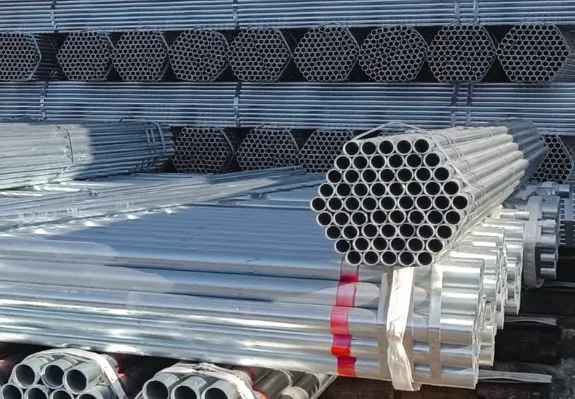
How CHS Is Manufactured
The manufacturing process depends on whether the CHS is seamless or welded.
Seamless CHS is made by piercing a solid round billet and elongating it into a tube through hot rolling.
Advantage: Excellent uniformity, ideal for high-pressure applications.
Welded CHS (more common and economical) is made from steel plates or coils that are rolled into circular shapes and then joined by Electric Resistance Welding (
ERW) or Submerged Arc Welding (SAW).
Advantage: Cost-effective, good dimensional control, widely available.
After forming, CHS pipes often undergo surface treatments such as galvanizing, painting, or powder coating to enhance corrosion resistance and appearance.
Hot rolling is one of the primary methods for producing CHS. The process involves heating a steel billet to approximately 1200°C, then forming it into a circular cross-section through a series of rollers, followed by cooling and sizing. Hot-rolled CHS features uniform wall thickness, dimensional stability, and low residual stress, making it particularly suitable for large-scale building structures and heavy machinery. Research has shown that hot-rolled seamless CHS columns exhibit excellent buckling resistance under axial compression, making them ideal for high-rise building columns.
In contrast, cold rolling processes steel at room temperature and applies greater pressure to form it. This method produces CHS with a smoother surface finish and superior dimensional accuracy, but also results in relatively high internal residual stress. Cold-rolled CHS is commonly used for mechanical parts and decorative pipes requiring precise dimensions. Interestingly, the cold rolling process also increases the steel's strength and hardness, a phenomenon known as "work hardening."
For more demanding applications, such as high-pressure oil and gas pipelines, seamless steel pipe technology is more suitable. This technology eliminates the potential weaknesses of welds by perforating a solid steel billet and then drawing it into a tube. Experimental data shows that seamless CHS exhibits greater strength and stability under uniform axial compression, especially when subjected to internal pressure, where the seamless structure provides a more reliable safety guarantee.
In addition to the basic processes described above, modern CHS production also incorporates subsequent steps such as heat treatment, surface treatment, and anti-corrosion coating to further enhance the product's overall performance. For example, hot-dip galvanizing can provide CHS with decades of corrosion protection, significantly extending its service life in harsh environments.
Main Applications of CHS Structural Tubes
Circular hollow steel sections (CHS) are popular across various industries due to their light weight, strength, aesthetic appeal, and ease of fabrication.
1.Construction and Infrastructure
CHS is commonly used in buildings such as high-rise buildings, bridges, stadiums, and airports. Its light weight and high strength reduce material usage and construction costs. Its rounded shape lends the building a more modern look. Many bridges and towers also utilize CHS, which is not only strong but also allows cables and pipes to be concealed within the hollow section, resulting in a cleaner structure.
2.Transportation and Manufacturing
CHS is found in vehicles such as automobiles, subways, trains, and ships. Using it for bodywork and frames reduces weight, saves fuel, and improves safety.
3.Machinery and Energy
CHS is also used in machinery and equipment, robots, wind turbine towers, solar panels, and oil pipelines. Its durability, corrosion resistance, and wind resistance make it a crucial material for modern energy and equipment manufacturing.






 English
English Español
Español بالعربية
بالعربية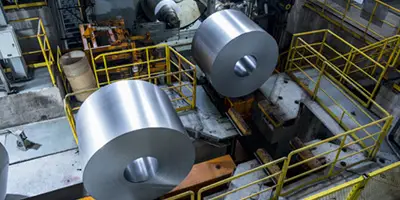
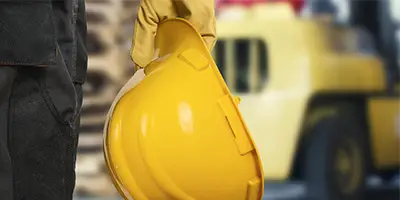
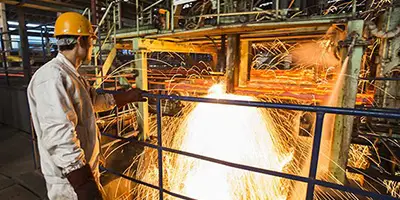
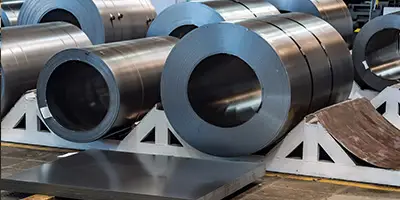

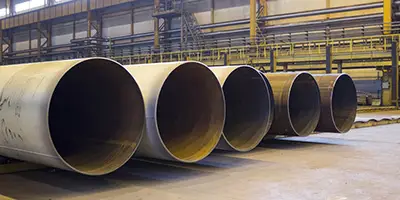
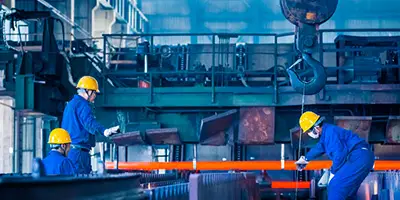
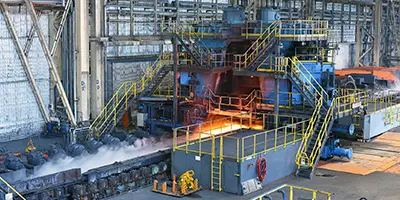
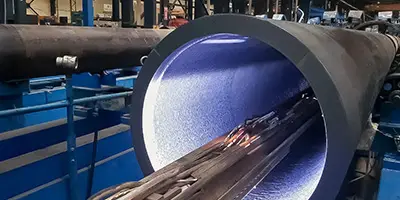
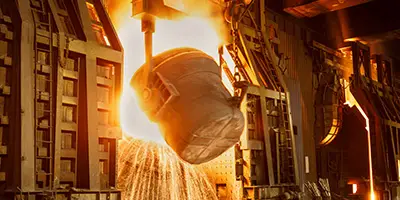
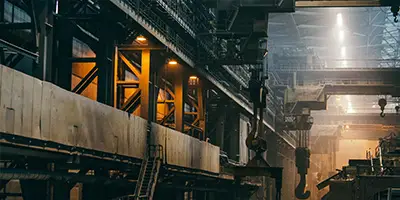

 Phone :
Phone :  Whatsapp :
Whatsapp :  Email :
Email : 


